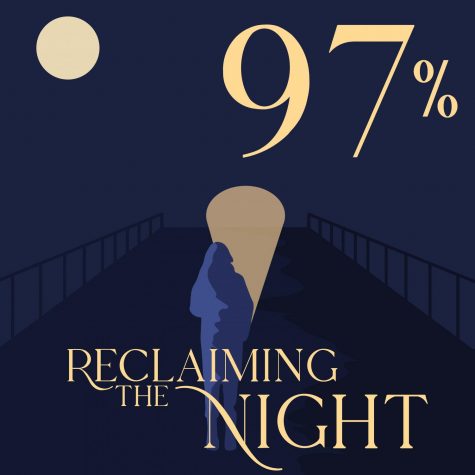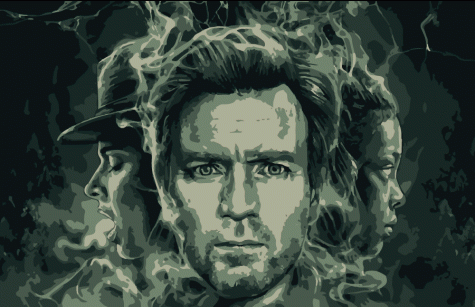Rape Culture Pervasive in Commentary
Rape culture, which was once too taboo to talk about, has become a growing topic of conversation in modern American society. According to Southern Connecticut State University, rape culture is an environment in which rape and sexual violence are normalized and excused in society by means of popular culture and media. This includes victim blaming, objectification of a specific gender and glorification of sexual violence, and while these core aspects of rape culture have remained relatively the same throughout the years, the new digital age has exacerbated them.
According to statistics from the Rape, Abuse and Incest National Network, 321,500 Americans over the age of 12 are victims of sexual violence every year. These cases occur much more frequently for women than it does for men. A lot of this culturing comes from what people take in from the media. Senior Natalie Hill wrote her AP Research paper on sexism in superhero films and spoke about how media impacts society’s views of rape and rape culture.
“When you look at what people take in when they look at media, it’s proven that what you see has an effect on the way you think,” Hill said. “We take clues from the media about what society is like. If what we see supports rape culture, we begin to think that it’s okay.”
Hill also described one specific moment in a movie which sexualized robots shaped like women, who served as prostitutes for some of the main characters. Hill explained the dangers of sending that message to younger audiences.
“As an adult, you have more experience,” Hill said. “You’ve been in the world longer, so you understand more about real life, whereas children are more impressionable, especially when it’s something you think is cool like superheroes.”
Rape culture can also be perpetuated in other facets of society, such as dress codes that disproportionately affect female students.
“Men don’t have any rules that affect them much,” senior Emily Wright said. “As women, we have so many rules. Your skirt can’t be too short, you can’t show your bra strap, you can’t show too much of your shoulder and in some schools you can’t show your collarbone.”
The fact that women are affected by this more than men indicates a certain amount of inequality, which is commonly thought of as the root of rape culture. Wright also talked about the dangers of victim blaming and the forms it takes.
“People brush [rape] off saying it’s not that big of a deal or asking if the person is remembering it correctly,” Wright said. “A lot of times, people will just deny that it happened to the victim at all. Then there are the more obvious signs like when people ask ‘what were you wearing?’ ‘did you keep an eye on your drink?’ and things like that.”
By denying that the event actually occurred or shifting the blame to the victim, society is allowing for potential rapists to justify their actions. Whether it comes from a digital media platform or a personal interaction, normalization and glorification of rape culture leads to an increased amount of violence.










